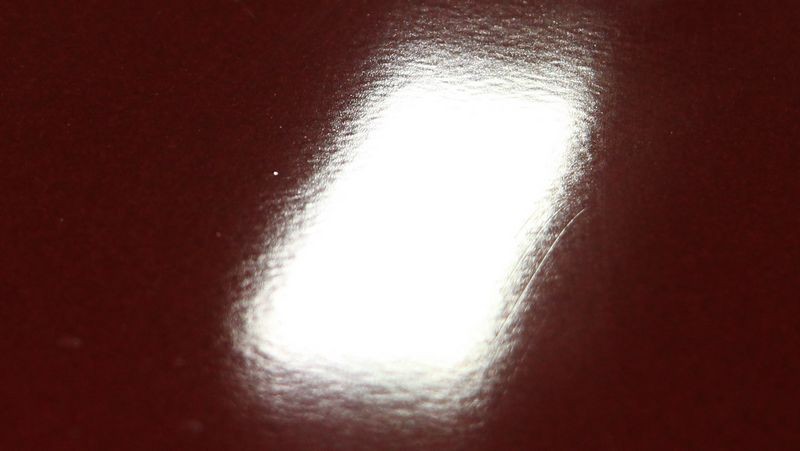To remove an orange peel finish from a single stage paint job, you will need to wet sand the surface with 1500 grit sandpaper. You will then need to apply a new coat of paint, using a smooth motion and even pressure.
- If the orange peel is still wet, lightly sand the area with 2000 grit sandpaper until the raised edges are level with the rest of the paint
- If the orange peel is dry, use a sharp razor blade or utility knife to carefully scrape off the raised edges
- Once all of the raised edges are gone, use 1500 grit sandpaper to lightly feather out any remaining roughness in the paint
- Finally, use 1000 grit sandpaper to give the area a final smooth finish before repainting

Credit: www.autogeekonline.net
How Can I Remove Orange Peel from My Paint Job
If you have orange peel in your paint job, there are a few ways you can remove it. One way is to sand the area with fine-grit sandpaper until the orange peel is gone. You can also use a chemical stripper or paint thinner to remove the orange peel.
If you decide to use a chemical stripper, be sure to follow the directions on the label and wear gloves and eye protection.
What Causes Orange Peel in Paint Jobs
If you’ve ever looked closely at a freshly painted wall, you may have noticed a slightly textured surface that resembles the skin of an orange. This effect is commonly known as “orange peel” and is caused by a number of factors.
One common cause of orange peel is when paint is applied too thickly.
When paint is applied in too heavy of a coat, it doesn’t have time to level out before it starts to dry. This can leave behind a bumpy, textured finish.
If you don’t use smooth, even strokes when applying paint, it can also lead to an uneven, textured finish. Lastly, certain types of paint are more prone to creating an orange peel effect than others. Some paints contain ingredients that help create a smoother finish, while others will dry with a more textured look.
So if you’re noticing Orange Peel in your paint job, it could be due to any one (or all) of these factors!
How Can I Avoid Getting Orange Peel in My Paint Job
If you’re aiming for a smooth, professional paint job, then you’ll want to avoid orange peel. Orange peel is a common painting flaw that occurs when the paint doesn’t lay down evenly on the surface, resulting in an uneven, bumpy texture. There are a few things you can do to avoid this problem:
1. Use a higher quality paint. Cheap paints are more likely to cause orange peel because they don’t flow as smoothly. Spend a little extra on a good brand of paint and primer and you’ll see better results.
2. Prepare your surfaces properly. Make sure you sand any rough spots smooth before painting and use a degreaser to clean greasy areas. This will help the paint adhere better and reduce the risk of orange peel.
3. Use thin coats of paint. Trying to cover everything in one thick coat is more likely to result in orange peel (and it’s also wasteful). Thin, even coats are key for getting a smooth finish.
DIY Cut and Buff Single Stage Paint
Conclusion
If you’ve accidentally gotten orange peel in your single stage paint, don’t worry – it’s not the end of the world. There are a few things you can do to get rid of it.
One option is to sand it down with fine-grit sandpaper until it’s flush with the rest of the paint.
This will take some time and patience, but it’s worth it if you want to avoid having to repaint the entire panel.
Another option is to use a chemical stripper. This will remove the top layer of paint, which includes the orange peel texture.
Be sure to read the instructions carefully and wear protective gear when using this method.
Once you’ve removed the orange peel, you’ll need to apply a new layer of paint. If possible, try to match the original color and finish so that your repair is undetectable.
With some care and attention, you can make your car’s paint look like new again!